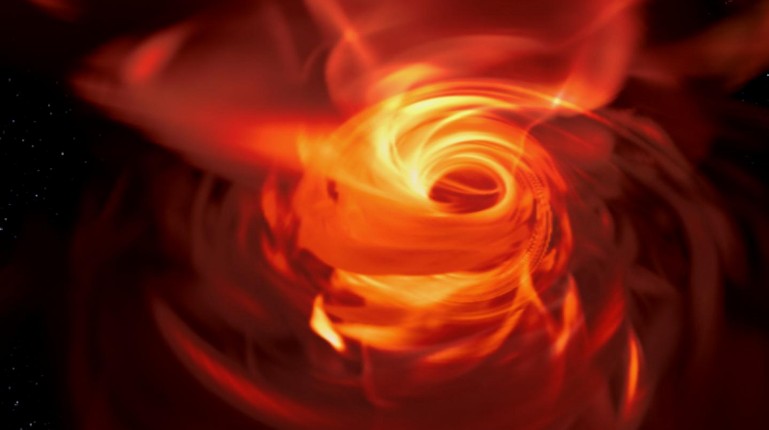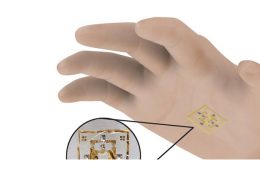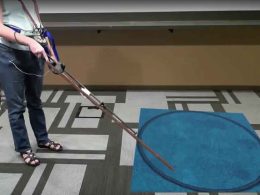Anyone who has always wanted to travel to the centre of the galaxy and experience the power of a supermassive black hole in person now has the chance with VR. Scientists from Radboud University in the Netherlands and Goethe University in Germany have used computer models of Sagittarius A*, the black hole at the centre of the Milky Way.
Researchers suspect a supermassive black hole, Sagittarius A*, at the centre of our galaxy. With current technology, humans could not travel the 25,640 light years from Earth to the Milky Way's supermassive black hole in a single lifetime. Nor could we survive being so close to the extreme gravitational forces of a singularity. A new virtual reality simulation, however, gives us all the chance to nudge close to a black hole and experience the time and space effects of its immense gravitational pull.
Zoom directly into the action with VR glasses
Using a series of detailed images of the models, the team from Radboud University in the Netherlands and Goethe University in Germany developed a 360-degree VR simulation of Schütze A*. This resulting simulation can be displayed with any VR device.
"Our virtual reality simulation provides one of the most realistic views of the black hole's immediate surroundings and helps us to learn more about the behaviour of black holes. It is impossible to travel to a black hole in our lifetime. Therefore, through immersive visualisations, we can learn more about these systems from where we are," said Jordy Davelaar, corresponding author of the research behind this project.
Teaching aids for topics such as black holes
This simulation could also serve as an aid and educational tool to make astrophysics accessible to the general public, Davelaar said. He added that children who have seen the simulation so far have learnt from it and shown how it can also be an excellent teaching tool for complex topics such as black holes.
VR is finding new and exciting applications in public relations and educational environments, giving users the opportunity to enter environments that would otherwise be inaccessible. This is the first time anyone has used this technology to give us the chance to enter a black hole.
The simulation was recently published in the journal "Computational Astrophysics and Cosmology". Title: Observing supermassive black holes in virtual reality.
Source: uni-frankfurt / nach-welt / Youtube









